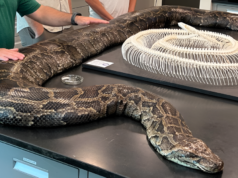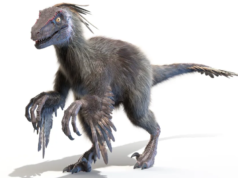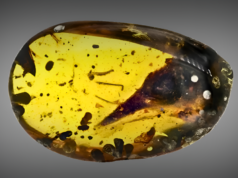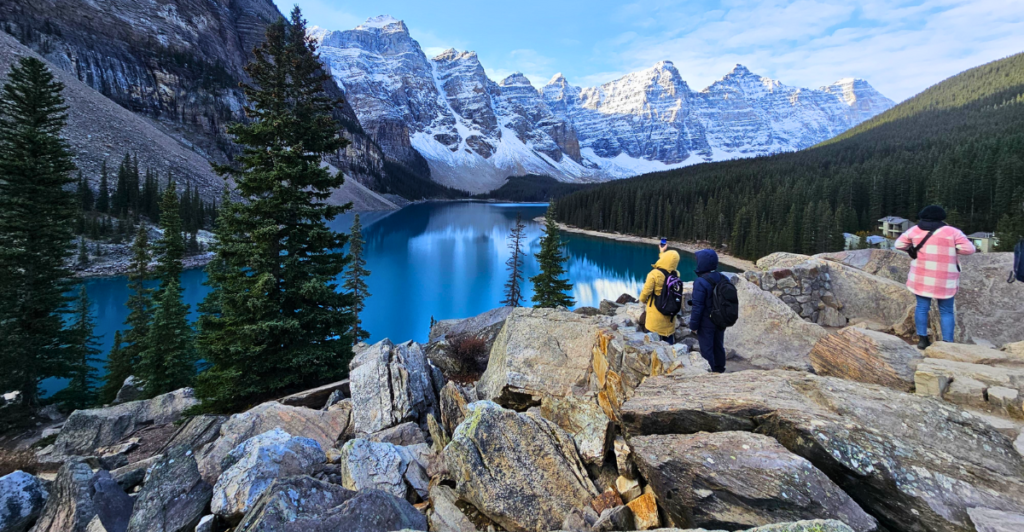
Nestled in the caldera of a dormant volcano, Crater Lake is the deepest lake in the U.S. Its pristine, isolated waters support unique organisms, including the Mazama newt. The lake’s extreme depth and lack of inlets preserve its clarity, making it an ideal environment for scientific study and rare aquatic species.
Lake Tahoe, California/Nevada
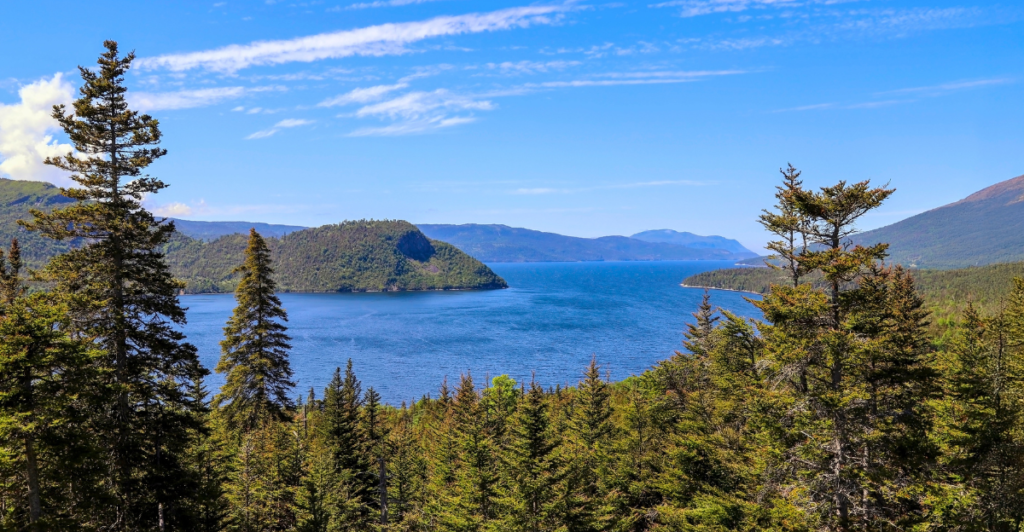
Lake Tahoe straddles the border of California and Nevada, boasting crystal-clear waters at over 6,200 feet above sea level. Its unique alpine ecosystem supports several rare species, including the Lahontan cutthroat trout. Ongoing conservation efforts aim to protect the lake’s delicate balance and water quality.
Mono Lake, California
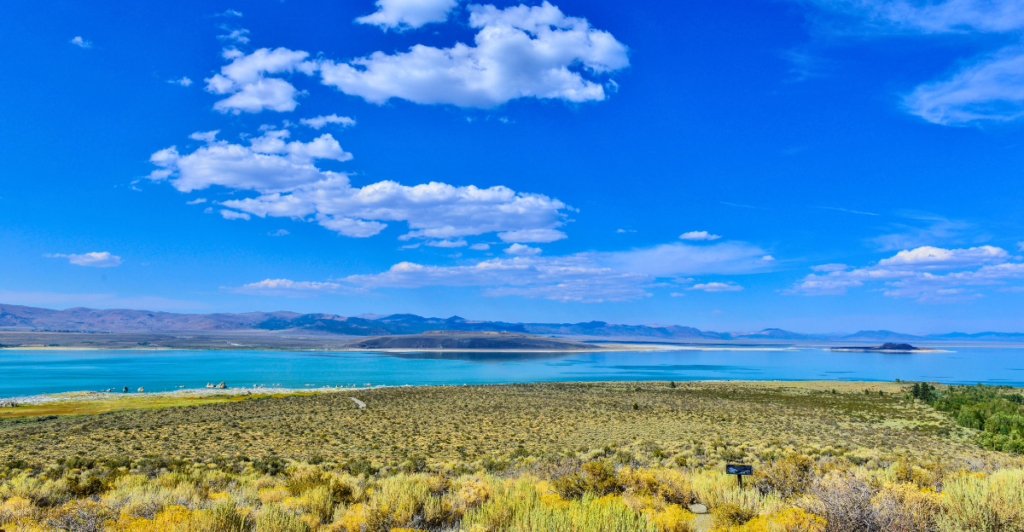
Mono Lake is an ancient saline lake in California’s Sierra Nevada foothills. Its unique ecosystem supports alkali flies and brine shrimp, which attract migratory birds. The lake’s hypersaline waters are vital to maintaining the region’s biodiversity, making it a key site for environmental preservation.
Yellowstone Lake, Wyoming
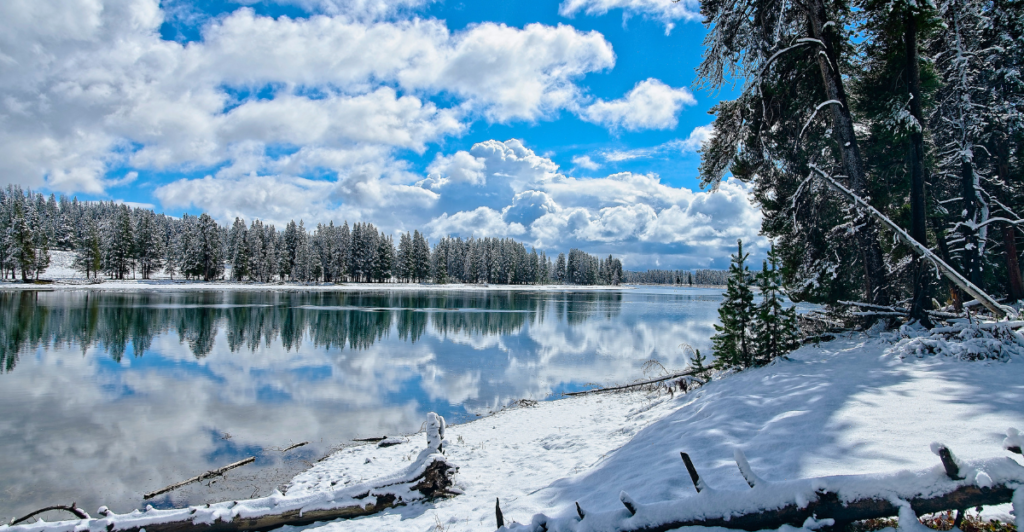
Yellowstone Lake, situated at over 7,700 feet in Yellowstone National Park, hosts rare aquatic species like the Yellowstone cutthroat trout. Its geothermal features and high-altitude location create a unique habitat, making it a critical site for studying freshwater ecosystems.
Maroon Lake, Colorado
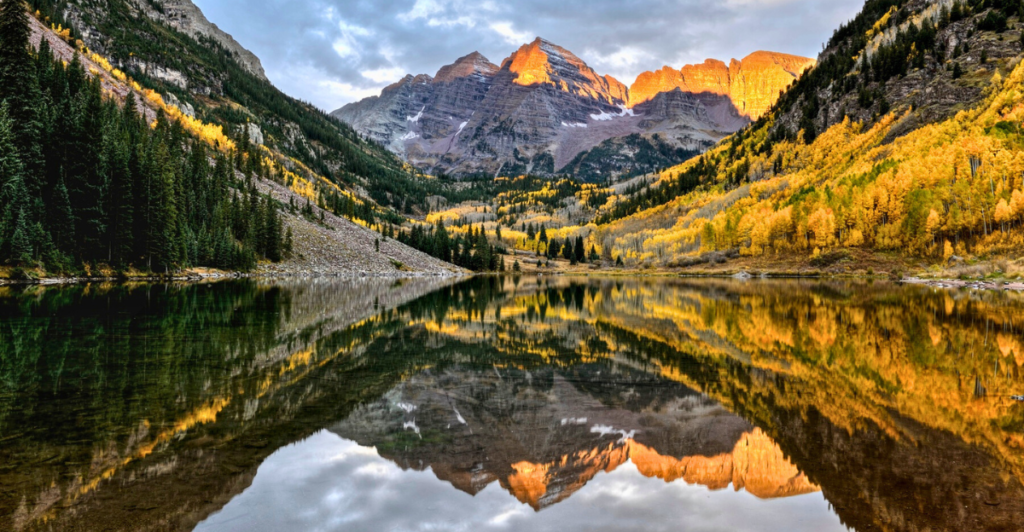
Maroon Lake is famed for its stunning reflection of the Maroon Bells. It is located in the Rocky Mountains at 9,580 feet and is home to delicate aquatic ecosystems. Its cold, clear waters provide a haven for native trout and other species adapted to high-altitude environments.
Jenny Lake, Wyoming
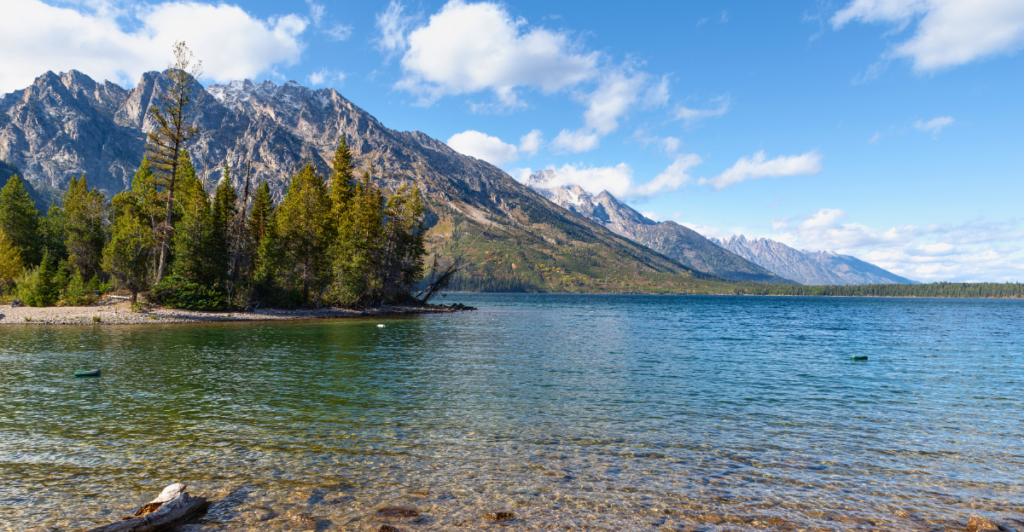
Jenny Lake, located in Grand Teton National Park, offers a serene setting and diverse aquatic life. This glacial lake supports species like the Snake River fine-spotted cutthroat trout. Its unspoiled environment underscores the importance of conserving high-altitude habitats.
Lake McDonald, Montana
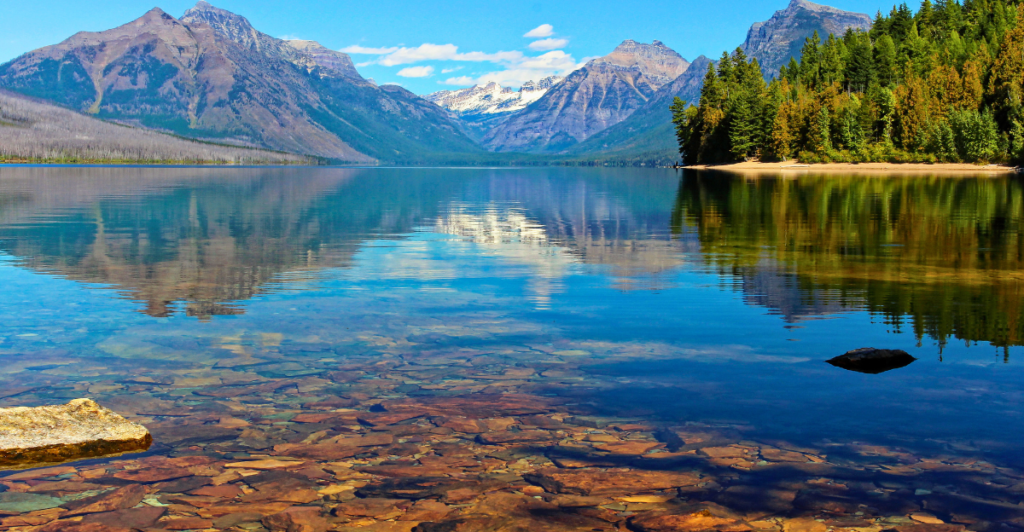
Glacier National Park’s largest lake, Lake McDonald, is 3,153 feet deep and features unique cold-water species. Its exceptionally clear waters and surrounding wilderness provide a pristine habitat for aquatic and terrestrial wildlife, and conservation efforts help maintain its ecological integrity.
Heart Lake, Wyoming
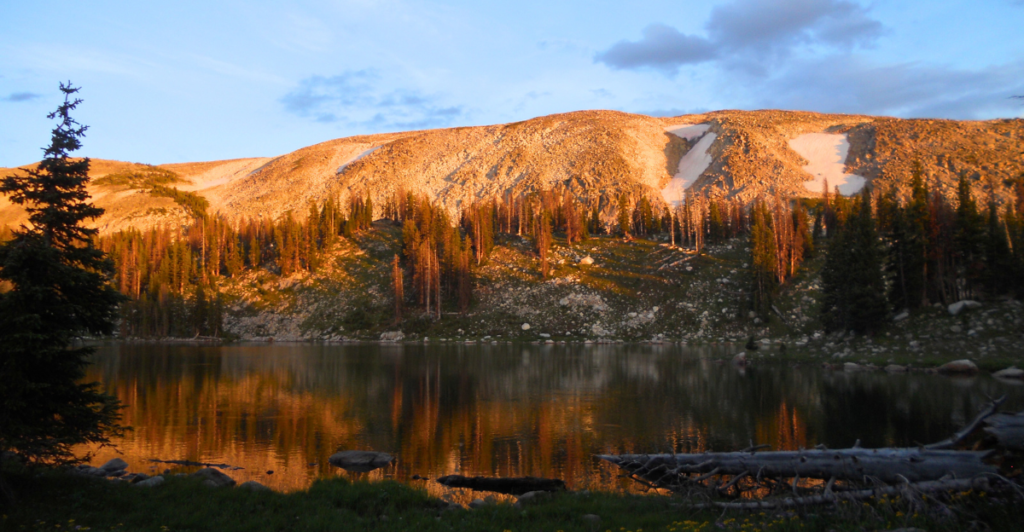
Located in Yellowstone National Park, Heart Lake is a high-altitude gem supporting rare aquatic life. Its geothermal springs contribute to the lake’s diverse ecosystem. The surrounding area’s biodiversity makes it an important site for wildlife and ecological studies.
Emerald Lake, Colorado
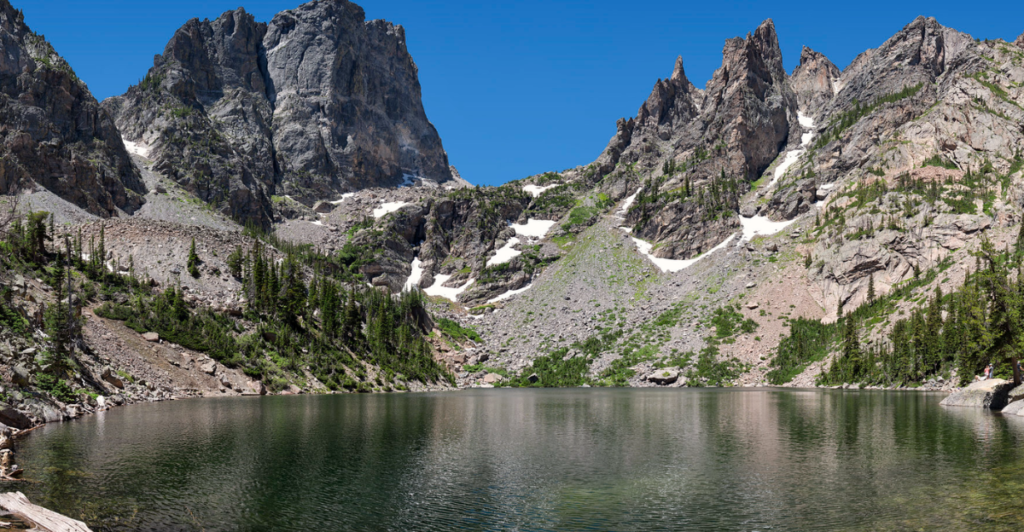
Emerald Lake in Rocky Mountain National Park is a stunning alpine lake. Surrounded by towering peaks, its crystal-clear waters house native trout species. The lake’s remote location and protected status help preserve its delicate ecosystem.
Trillium Lake, Oregon
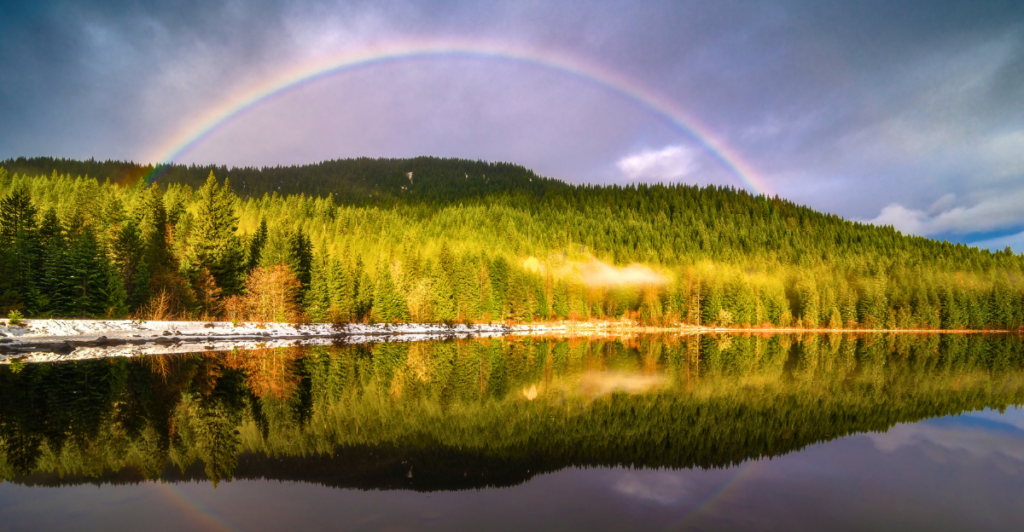
With its iconic views of Mount Hood, Trillium Lake lies at 3,600 feet. Its calm waters provide a habitat for aquatic plants and native fish species. The lake’s serene beauty and biodiversity make it a popular destination for nature enthusiasts.
Iceberg Lake, Montana
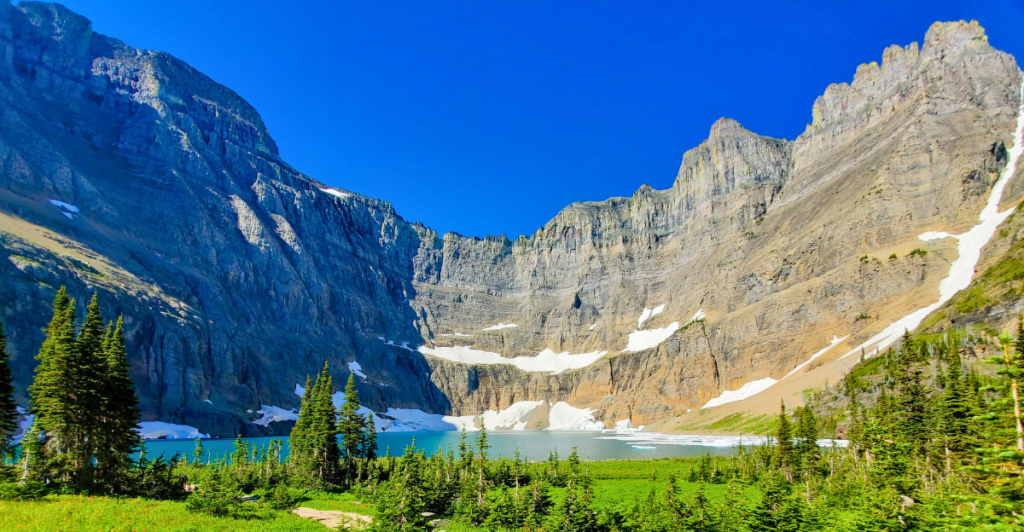
Iceberg Lake in Glacier National Park offers a breathtaking, icy environment at over 6,000 feet. Its frigid waters are home to rare, cold-tolerant species. The surrounding area’s dramatic landscapes and diverse wildlife add to its ecological significance.
Garnet Lake, California
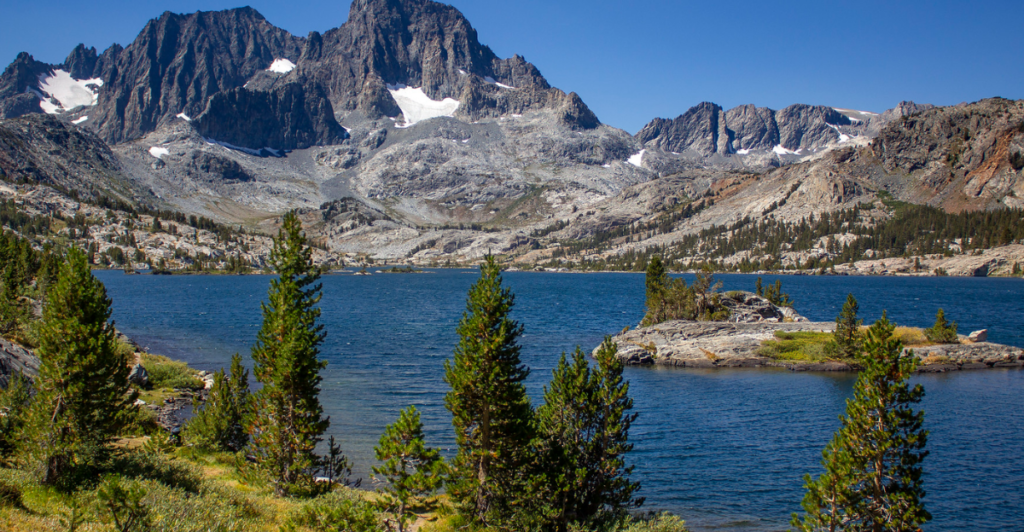
Garnet Lake, located in the Sierra Nevada, features turquoise waters framed by rugged peaks. This remote lake supports a variety of native fish and amphibians. Its high-altitude location and pristine conditions make it a key site for studying mountain aquatic ecosystems.
Why These Lakes Matter
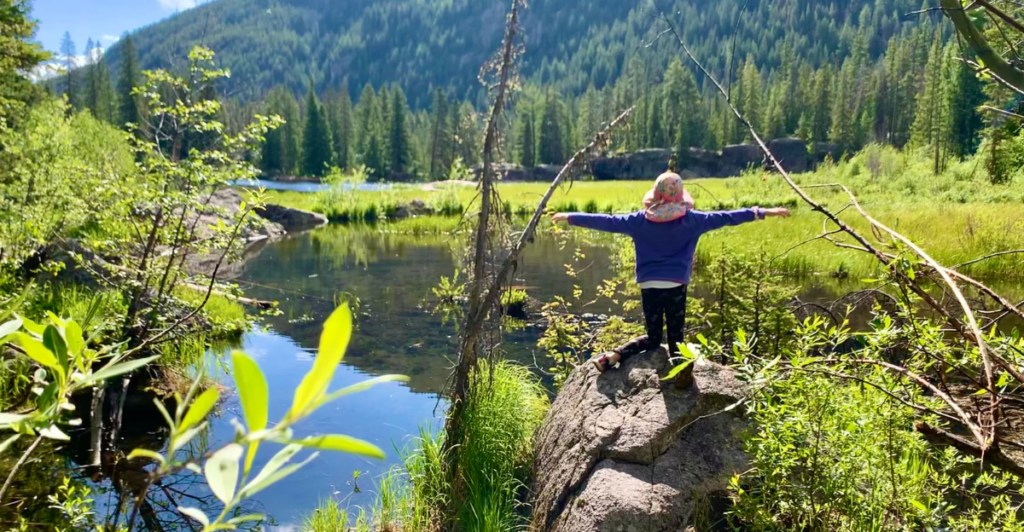
High-altitude lakes serve as refuges for rare and unique aquatic life. Their isolated environments and specific conditions foster biodiversity while offering vital opportunities for scientific research. Protecting these natural treasures ensures species’ survival and preserves these extraordinary habitats’ beauty and ecological importance.
Stay connected with us for more stories like this! Follow us to get the latest updates or hit the Follow button at the top of this article, and let us know what you think by leaving your feedback below. We’d love to hear from you!


